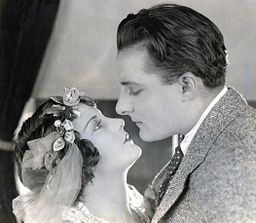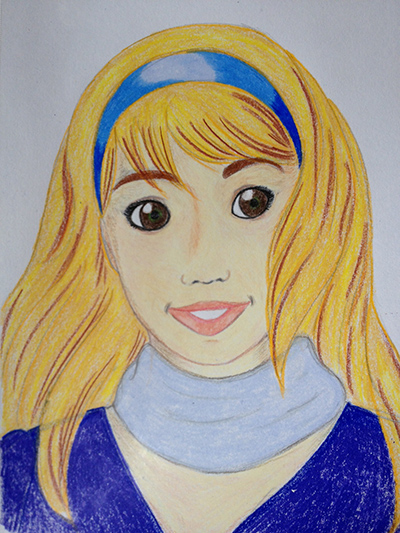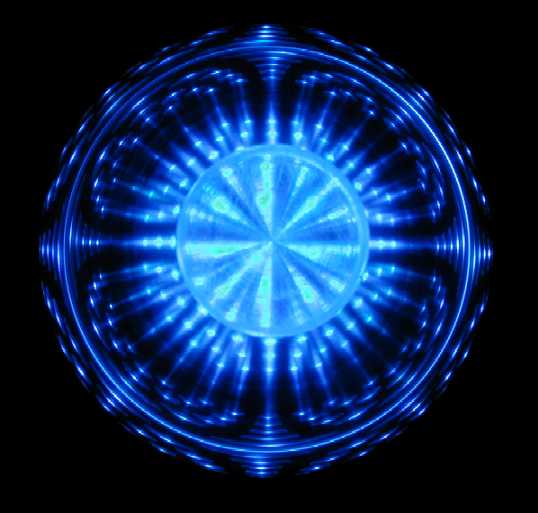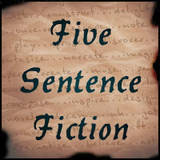by Mayumi-H | Dec 31, 2012 | Fearless, Process

Amber smoothed her hand over his tie, flattening it against the line of buttons on his shirt, and looked up at him, her expression an odd mix of hesitant and hopeful.
“I know this isn’t easy for you,” she muttered. “But, I really want us to try and have a pleasant evening. All right?”
Ross did his best to return her a smile, but it didn’t quite work. Because as much as he’d said (and wanted to believe) Sam was no threat to him, stepping onto her turf, into her sphere of influence, for the first time since that Christmas past – the night everything changed – was something entirely different.
Finally, he could only shrug, and say, “I’m here, aren’t I?”
The original title of this post was “Villains and Lovers,” but I thought the title for the 1921 film (which still is above) – “There are No Villains” – was more appropriate. Because one man’s villain is another man’s lover, just as one man’s insanity is another man’s genius, or one man’s trash is another man’s treasure.
In the snippet above, the character of Sam stands as an antagonist for Ross. But, as the story is told only from Ross’s perspective, I want the reader to make his or her own judgments about Sam, apart from Ross’s prejudices. They need to do, if they’re to get a fuller picture of who she is and why she does what she does. Because, as I’ve said, one man’s villain is another man’s lover.
Villains in themselves can be a tricky lot. Some – a few – are absolute: devils incarnate who serve only to tempt, subvert, and destroy. More often, though (or, at least, more interesting), are the villains who exist as three-dimensional characters. In fact, your villain probably should have more than one dimension to them. If they just want to press that red button that blows up the world, there’s not much conflict that can’t be solved with a solid punch to the jaw (or a swift-talking mediator, if you prefer). But if your villain is a character in his or her own right – with feelings, motivations, and (dare I say it?) sympathies – that can and probably will create much more depth for all of your characters, not just that one.
What kind of villains are your favorites to read, or to write? Do you have suggestions of great villains to check out? (Of course, all of this applies only if your antagonist is sentient. You can’t exactly reason with a typhoon or a tumbling asteroid. Or, maybe you’ve figured out a way to do that, in which case, I really want to read your story!)
by Mayumi-H | Dec 17, 2012 | Fearless, Process
I’ve seen in circulation a list of character personality traits, that, on one side, lists strengths – what people typically consider “good” traits – and, on the other corresponding side, faults – what people typically consider “bad” traits. The interesting thing is realizing that these traits often represent the same personality quality. For example, “decisive” was on one side, but the characteristics also identified this trait as “single-minded.” “Commanding” was on one side, while “aggressive” was on the other. “Adaptable,” and “fickle.” You get the idea.
Independence is one of those traits we usually consider good in people. But, there are times when independence manifests as stubbornness. The trait itself remains the same; it’s how we deal with that trait that affects events in a story (or in our lives).
We’re all human; we all have strengths and faults. Sometimes, our strengths manifest as faults, and sometimes it’s the other way around.
Writing a bold (headstrong) yet sensitive (flighty) young woman in Fearless has made me realize all too clearly how character traits can be good, bad, and everything in between. This is especially true as she and the people around her have to deal with the conflicts that arise.
He’d thought her pretty from the start, but she was more than that. Vibrant, audacious, exciting, and adventuresome. Girlish and petulant, too, and huffy when she didn’t get her way. But, before her, he’d never thought there could be a woman so sweet and pure and brave as people had only ever been in make-believe stories.
Having the main character make these realizations has been a great joy for me, too. Because, as I look around at the people around me – even the ones I’m with every day – I’ve come to understand a bit better that everyone has multiple sides to them.
What character traits stand out to you, with your characters? Do you consider them strengths or faults?
by Mayumi-H | Nov 3, 2012 | Fearless, Process
When you look at yourself in the mirror, what do you see? Take a moment, and think about how you’d describe yourself. If I were going for strict facts, I’d say I’m an Asian female, five-foot-one, brown eyes, dark hair, slight build, no visible distinguishing marks. That sounds a bit boring, doesn’t it? But, describing me as “a quirky techie with a rippling laugh and lopsided smile” doesn’t exactly help in forming a physical image for a reader’s eye.
The first physical description I have for my (current) MC comes about 3000 words in [first draft], and it only consists of him “[running] his fingers through his jagged, shower-damp hair [and checking] the closeness of his shave.” Aside from that, I wanted to let the characters speak for me: a local girl giggles at his attention, his best friend describes him as “a vain bastard bordering on narcissistic”, and the love interest calls him “the finest thing [she’d] ever seen.” He’s a surfer and a runner, so he’s got an athletic build, and he looks down at people a lot, so he’s tall (and something of a jerk, but that’s not relevant to this post).
Conversely, the MC describes the woman he loves in all kinds of detail, most of it physical and visual.

I admit, I’m a little bit in love with Amber, myself.
Some folks say the mirror is an overused (bad) convention and shouldn’t be used for describing your main character. But what’s a good middle ground between overused and imprecise? What conventions do you use to describe your MC?
by Mayumi-H | Oct 15, 2012 | Fearless, Process
I’m back from Japan, where I had a lovely time with both my intimate and my extended family. We ate, drank, walked the touristy route I always walk whenever I visit (the mountain trails at Arashiyama; the shopping maze at Kawaramachi dori; the delectable tempura at Yoshikawa Inn), as well as our usual visits to friends in Tsu (where, this year, we saw the Ama divers at Toba) and Sanda (where we always get treated to the most scrumptious home barbecue). While I did all this, though, in the back of my mind, I was still thinking about the men and women of Fearless.
The story takes place mostly in the fictional village of Harbram, based loosely on lovely Porthtowan, along the north Cornwall coast, where I have extended family on the other side. It’s more than a stone’s throw from Kyoto, of course, but the principles of writing it are the same ones I took for writing characters in Japan.

The cliffs at Porthtowan, inspiration for Harbram
First, there’s nothing quite like immersing yourself in the culture of your characters, especially your main character. Not everyone can indulge in a two-week vacation in their MC’s culture or experience it firsthand, but there are ways around that. Read up on your subject: history, lifestyle, idiosyncrasies; the Internet is a bountiful and endless source of information about this sort of thing (also many times erroneous, so do be certain to double-check your resources). Talk to people who live the lives of your characters, in experience, background, even outlook. With so much programming out there, it’s likely you can even find some television shows or movies about your subject! (Be mindful of artistic license with this one, though.)
All this is to say, you don’t have to rely solely on your imagination to create the world in which your characters live. Many times, you shouldn’t rely only on your own brain, because you will probably be missing out on a lot of important facts or details that can end up making or breaking your story. (I cringe every time I read a story set in Japan where characters do not take off their shoes before entering the house!)
There’s a lot of information available at your fingertips. Use it to build a full, lush, beautiful world in which your characters will play, dream, cry, and live.

Porthtowan’s Mount Hawke footpath, the inspiration for my Crow’s Point path.
What techniques do you use to create your characters’ world?
by Mayumi-H | Sep 26, 2012 | Short Stories
Another double-up of prompts, mostly because I’m too tired to concentrate on each without combining them (it’s been a long week).
Lillie McFerrin’s Five Sentence Fiction prompt is “ZOMBIE” and Julia’s 100-Word Challenge for Grown-Ups prompt is a picture:

I’ve taken a fair amount of liberty with these prompts, but we write how we’re inspired.
“Last”
Palm pressed to the terminal, she paused, briefly, as the data jumped between synapses – maps, securcam feeds, personnel records, everything was open to her.
“Think you can find your friends?” the soldier asked, startling her concentration.
Pulling her hand away, she opened her eyes, empty black replacing the wild torrent of information, and frowned: how could people shuffle dead-eyed and dumb through their own world? The Institute’s doctors had said she was special, if alone – the last of her kind – and, now, she understood why.
“I may not see,” Imien said, “but that doesn’t make me blind.”

Some technobabble, but I liked getting into Imien’s head a bit, here; she’s one of the Stowaways I haven’t really examined.
What five sentences or 100 words did you write, this time?










Recent Comments
The Real Person!
Author Mayumi-H acts as a real person and passed all tests against spambots. Anti-Spam by CleanTalk.
The Real Person!
Author Mayumi-H acts as a real person and passed all tests against spambots. Anti-Spam by CleanTalk.